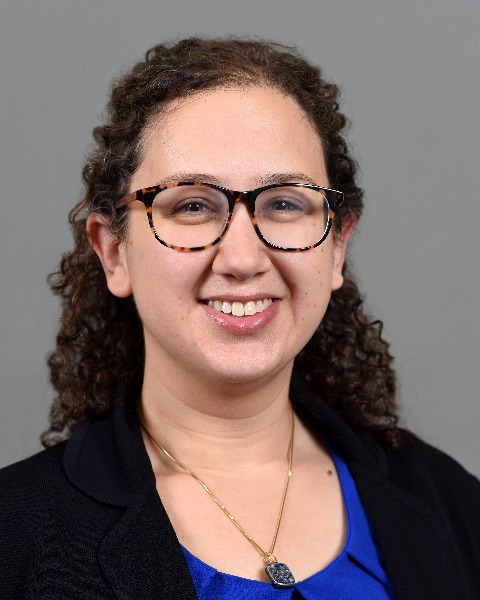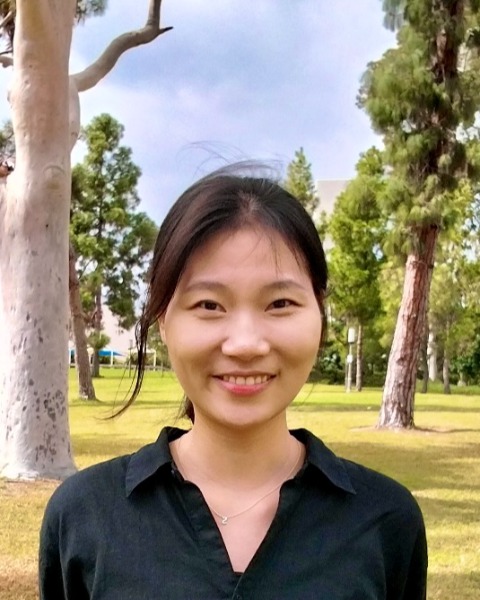Behavioral and Social Sciences
Intraindividual Variability Across Adulthood: Diversity, Variety, and Adherence as Key Indicators of Daily Life
-

Rachel Koffer, PhD (she/her/hers)
Assistant Professor
Edson College of Nursing and Health Innovation
Arizona State University
Phoenix, Arizona, United States -
.jpg)
Soomi Lee, PhD (she/her/hers)
Associate Professor
School of Aging Studies
The Pennsylvania State University
University Park, Pennsylvania, United States -

Susan Charles, PhD (she/her/hers)
Professor
Psychological Science
University of California, Irvine
Irvine, California, United States -

Rachel Koffer, PhD (she/her/hers)
Assistant Professor
Edson College of Nursing and Health Innovation
Arizona State University
Phoenix, Arizona, United States -

Sangha Jeon, MA (she/her/hers)
PhD student
Psychological Science
University of California, Irvine
Irvine, California, United States -

Fumiko Hamada, MA
PhD Student
School of Aging Study
University of South Florida
Tampa, Florida, United States -

Patrick Klaiber, PhD (he/him/his)
Assistant Professor
Developmental Psychology
Tilburg University
Tilburg, Noord-Brabant, Netherlands -
SL
Sun Ah Lee, MA (she/her/hers)
PhD student
Department of Human Development and Family Studies
The Pennsylvania State University
University Park, Pennsylvania, United States
Chair(s)
Co-Chair(s)
Discussant(s)
Individual Symposium Abstract First Author(s)
Alongside long-term change, lifespan theories highlight the importance of examining intraindividual variability (the fluctuations that occur in daily and momentary life) as an indicator of dynamic characteristics, like plasticity or rigidity. The present symposium demonstrates five unique characterizations and implications of variability in daily life across the adult lifespan. Paper 1 demonstrates that greater social activity variety is linked to lower mortality risk over 11 years, and this effect is stronger for older adults. Paper 2 finds that consistent adherence to health behaviors in daily life is linked to better cognitive function in midlife adults. Paper 3 finds that middle-aged adults experience greater diversity in types of positive events in daily life (positive event diversity) compared to older adults, and positive event diversity is associated with higher positive affect. Paper 4 establishes that positive affect with high mean levels and high variability (fragile high positive affect) is associated with greater odds of depression 10 years later. Lastly, Paper 5 demonstrates that although the spread of stressor types experienced in daily life (stressor diversity) declines with age across both cohorts, the types of stressors experienced in modern life differ from those experienced 18 years prior. Together, findings demonstrate how variability in daily life changes across age and has implications for health and well-being of older adults. Dr. Susan Charles will critically discuss these contributions to our understanding of aging in the context of Strength and Vulnerability Integration Theory and provide considerations for understanding the complexity of daily life across the lifespan.
Learning Objectives:
- discuss the meaning of intraindividual variability by specific contexts of adult daily lives.
- distinguish different intraindividual variability indices (e.g., variety, adherence, diversity) and explain their potential roles in adult health and well-being.
- describe differences between middle-aged and older adults in how intraindividual variability manifests in daily lives and its contributions to health and well-being.
Presentations:
-
8:00 AM - 9:30 AM ETThe Good Old Days?: Later-Born Cohorts Report Different Stressors in Daily Life Compared to Earlier-Born Cohorts
Individual Symposium Abstract First Author: Rachel E. Koffer, PhD (she/her/hers) – Arizona State University
-
8:00 AM - 9:30 AM ETParticipation in Diverse Social Activities Is Associated With Low Mortality Risk
Individual Symposium Abstract First Author: Sangha Jeon, MA (she/her/hers) – University of California, Irvine
-
8:00 AM - 9:30 AM ETGreater Adherence to Daily Health Behaviors Relate to Better Cognitive Function
Individual Symposium Abstract First Author: Fumiko Hamada, MA – University of South Florida
-
8:00 AM - 9:30 AM ETPositive Event Diversity and Age: Testing Curvilinear Associations
Individual Symposium Abstract First Author: Patrick Klaiber, PhD (he/him/his) – Tilburg University
-
8:00 AM - 9:30 AM ETRevisiting Positive Affect: The Role of Affect Mean Levels and Variability on Depression in Mid and Later Life
Individual Symposium Abstract First Author: Sun Ah Lee, MA (she/her/hers) – The Pennsylvania State University
